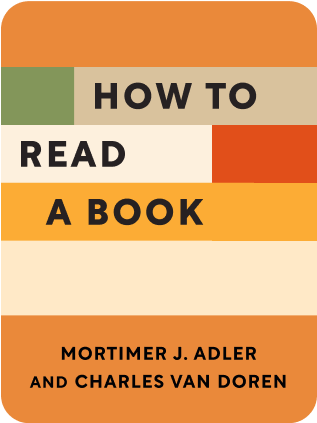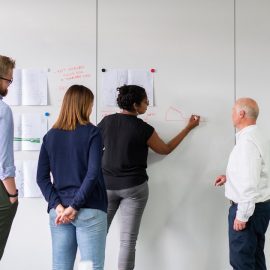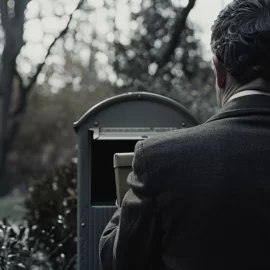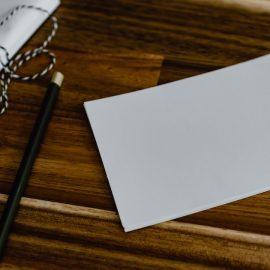

This article is an excerpt from the Shortform book guide to "How to Read a Book" by Mortimer J. Adler and Charles van Doren. Shortform has the world's best summaries and analyses of books you should be reading.
Like this article? Sign up for a free trial here .
What is the first level of reading from How to Read a Book? Why do many adults still read at an elementary reading level?
In How to Read a Book, Mortimer Adler describes elementary reading as the most basic form of reading. Unfortunately, once you’re taught how to read as a child, you are rarely taught how to read better. This leaves many adults in the elementary reading stage.
Here’s what it means to read at the elementary reading level.
The First Level of Reading
The bulk of Mortimer Adler’s How to Read a Book is about four levels of reading, each increasing in difficulty and complexity. Here they are at a high level:
- Elementary
- This is pure mechanical reading of text and comprehension of what the symbols literally mean.
- This is where most remedial courses aim, and the extent to which reading is taught in school.
- Inspectional
- This is a skimming of the book to understand its main points and its structure. It aims to gain the best understanding of the book in a limited time.
- This is achieved by reading the table of contents, index, and key summaries of major chapters.
- Analytical
- This aims to gain the best understanding of the book in unlimited time.
- Not only should you aim to understand what is being said, you should develop a personal opinion about its validity.
- This isn’t necessary if your goal is simply information or entertainment.
- Syntopical
- This aims to compare books and authors to one another, to model dialogues between authors that may not be in any one of the books.
This article will be discussing the elementary reading level in detail.
Elementary Reading
Elementary reading is the pure mechanical reading of text and comprehension of what the symbols literally mean. It’s the most basic form of reading.
Children learn to read quite magically. At some point words suddenly have real meaning to them. Science is not clear on how this happens. Children become more capable readers as they build vocabulary and infer meanings from context clues.
There are myriad systems for teaching language (from alphabetical to phonic) and the authors don’t espouse any particular method.
As an adult, you encounter difficulties at elementary reading when reading in a foreign language.
Most remedial courses in school, and speed reading courses, deal with elementary reading. Little explicit instruction is given on higher levels of reading like Inspectional, Analytical, and Syntopical. That’s what this book is about.
On Speed Reading
A helpful component of speed reading is training your brain not to subvocalize.
Exercise: use your hand to cover text, and move your hand downward faster than you can currently read. Your brain will be forced to catch up.
However, after a point, reading faster necessarily trades off with comprehension. When speed reading helps you avoid spending time on texts that don’t deserve your analysis, this is good. But you wouldn’t want to speed read the Declaration of Independence.
More critical than speed reading is being able to modulate your reading speed dynamically. Read certain types of texts (fiction) faster than others (science textbooks). Within a text, read key points more slowly than fluff.

———End of Preview———
Like what you just read? Read the rest of the world's best book summary and analysis of Mortimer J. Adler and Charles van Doren's "How to Read a Book" at Shortform .
Here's what you'll find in our full How to Read a Book summary :
- How to be a better critic of what you read
- Why you should read a novel differently from a nonfiction book
- How to understand the crux of a book in just 15 minutes






